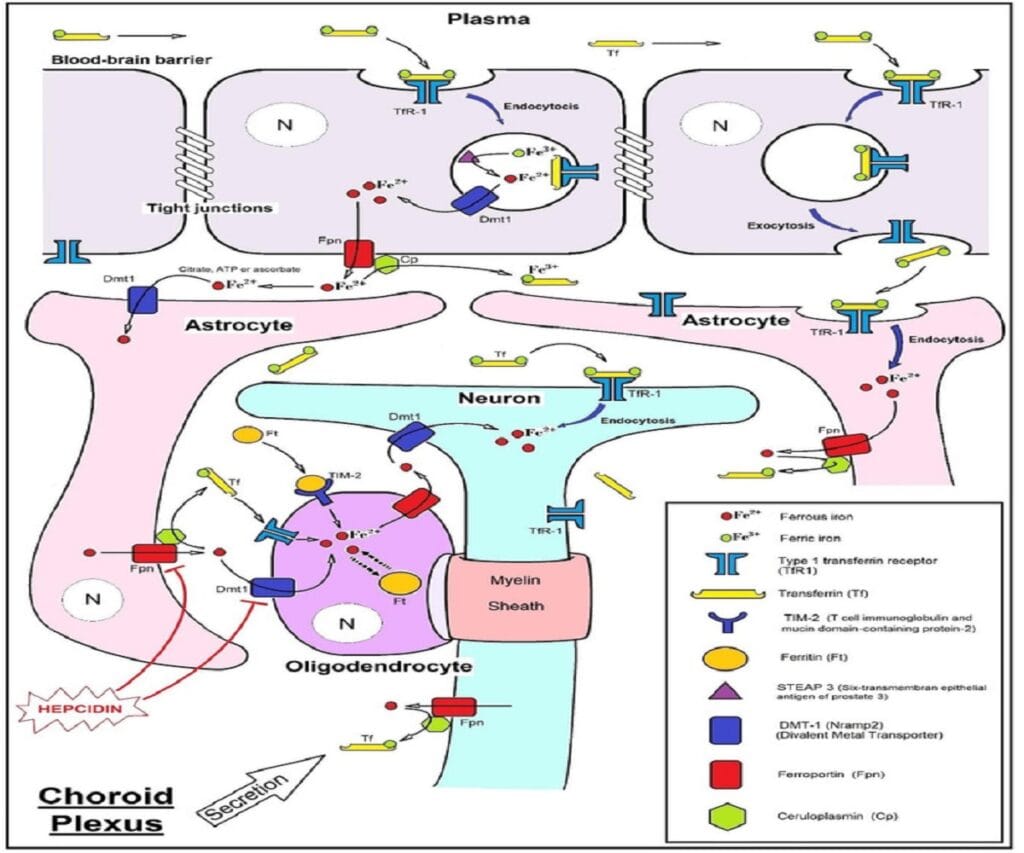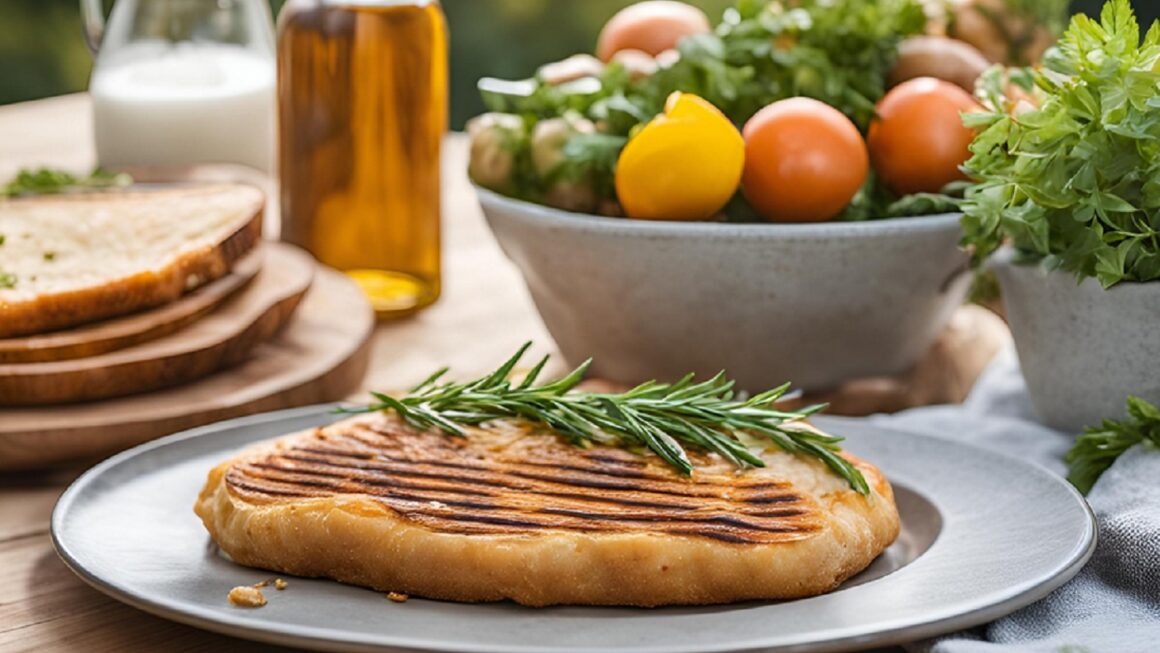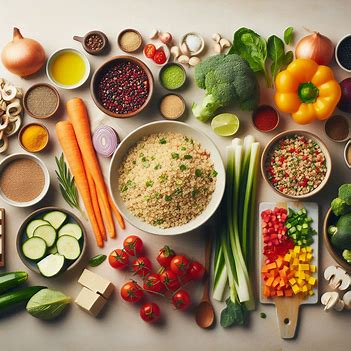Iron absorption is essential for a healthy and balanced diet, and even for eating poorly. Well-being begins with a healthy and balanced diet. Nutrient absorption can be provided by plants.
Introduction
Iron is a crucial mineral for maintaining overall health, particularly for those following a vegan diet. Unlike animal-based iron, plant-based iron (non-heme iron) is not as readily absorbed by the body. However, with proper dietary strategies, you can optimize the absorption of plant-based iron to ensure you meet your nutritional needs. This comprehensive guide explores the importance of iron, factors affecting its absorption, and practical tips to enhance the bioavailability of plant-based iron.
Understanding Iron Basics
What Is Iron?
Iron is an essential mineral that plays a key role in:
- Oxygen Transport: Iron is a critical component of hemoglobin, the protein in red blood cells that carries oxygen throughout the body.
- Energy Production: It is involved in cellular energy production and overall metabolic processes.
- Immune Function: Adequate iron levels are important for maintaining a healthy immune system.
Types of Iron
- Heme Iron: Found in animal products and is more easily absorbed by the body.
- Non-Heme Iron: Found in plant-based foods and is less readily absorbed. This type of iron is prevalent in a vegan diet.
Factors Affecting Iron Absorption
1. Iron Content of Foods
Different plant foods contain varying levels of iron. Some iron-rich plant foods include:
- Legumes: Lentils, chickpeas, and beans.
- Seeds and Nuts: Pumpkin seeds, sesame seeds, and almonds.
- Leafy Greens: Spinach, kale, and Swiss chard.
- Whole Grains: Quinoa, oats, and brown rice.
2. Presence of Enhancers
Certain dietary components enhance iron absorption:
- Vitamin C: Significantly improves the absorption of non-heme iron. Foods rich in vitamin C include oranges, strawberries, bell peppers, and broccoli.
- Acids: Organic acids like citric acid and lactic acid can also enhance iron absorption. Foods like citrus fruits and fermented foods are good sources.
3. Presence of Inhibitors
Certain substances can inhibit iron absorption:
- Phytates: Found in whole grains, seeds, and legumes, phytates can reduce iron absorption. Soaking and cooking can reduce their impact.
- Polyphenols: Found in tea, coffee, and some fruits and vegetables, polyphenols can inhibit iron absorption. Consuming these beverages away from iron-rich meals can help mitigate their effect.
- Calcium: High levels of calcium can compete with iron for absorption. If you consume calcium-rich foods or supplements, try to separate them from iron-rich meals.
Practical Tips to Optimize Plant-Based Iron Absorption
1. Combine Iron-Rich Foods with Vitamin C
Enhance iron absorption by pairing iron-rich plant foods with vitamin C sources:
- Meals: Add bell peppers or tomatoes to bean soups and lentil stews.
- Snacks: Enjoy a citrus fruit or berries with your iron-rich meal.
2. Use Cooking Techniques to Reduce Inhibitors
Certain cooking methods can help reduce the impact of absorption inhibitors:
- Soaking and Sprouting: Soak and sprout legumes and grains to reduce phytate levels.
- Cooking: Cooking can reduce the levels of phytates and improve the bioavailability of iron.
3. Avoid Drinking Tea or Coffee with Meals
Minimize the impact of polyphenols by consuming tea and coffee between meals rather than with meals to prevent them from interfering with iron absorption.
4. Balance Calcium Intake
Be mindful of calcium consumption, especially if you are taking calcium supplements or consuming high-calcium foods:
- Separate Intake: Consume calcium-rich foods and iron-rich foods at different times of the day to maximize absorption of both nutrients.
5. Incorporate Fermented Foods
Fermented foods contain organic acids that enhance iron absorption:
- Examples: Sauerkraut, kimchi, and tempeh can boost the absorption of non-heme iron.
6. Diversify Your Iron Sources
Incorporate a variety of iron-rich plant foods into your diet to ensure you get sufficient iron:
- Variety: Combine legumes, seeds, nuts, leafy greens, and whole grains for a well-rounded iron intake.
Addressing Common Questions and Misconceptions
How Much Iron Do I Need on a Vegan Diet?
Iron requirements vary by age, sex, and health status. On average, adult women require about 18 mg of iron per day, while men need about 8 mg. Pregnant women and individuals with specific health conditions may need different amounts. Consult with a healthcare provider to determine your specific needs.
Can I Get Enough Iron on a Vegan Diet?
Yes, it is possible to meet your iron needs on a vegan diet by carefully planning your meals and including a variety of iron-rich plant foods. Use the tips provided to enhance absorption and consult with a nutritionist if needed.
Are Iron Supplements Necessary?
Iron supplements may be necessary for some individuals, particularly if they have difficulty meeting their iron needs through diet alone. Consult with a healthcare provider before starting any supplements.
Conclusion
Optimizing the absorption of plant-based iron is crucial for maintaining good health, especially for those on a vegan diet. By combining iron-rich foods with vitamin C, using cooking techniques to reduce inhibitors, and being mindful of calcium and polyphenol intake, you can enhance your body’s ability to absorb non-heme iron. A well-planned vegan diet, rich in diverse sources of iron and strategic meal pairings, will support your overall well-being and help you meet your nutritional needs effectively.





